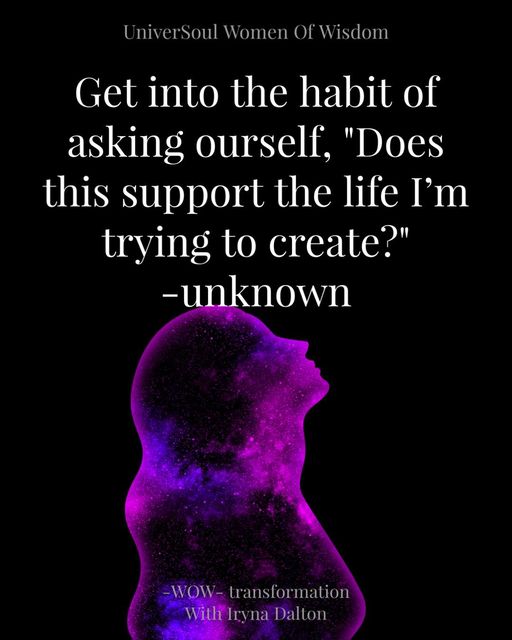
David Brooks, in his brilliant and transformative book The Road to Character, describes the kind of character necessary to have positive impact. He does this by writing about an extremely varied group of individuals including Saint Augustine, President Dwight Eisenhower, and the writer George Eliot (Mary Ann Evans).
Brooks builds off the work of Rabbi Joseph Soloveitchik in his book, Lonely Man of Faith published in 1965. Rabbi Soloveitchik breaks character down into Adam I and Adam II. Brooks modernizes Rabbi Soloveitchik’s categories. Brooks describes Adam I as, “the career-oriented, ambitious side of our nature. Adam I is the external, resume, Adam. Adam I wants to build, create, produce, and discover things. He wants to have high status and win victories…Adam I wants to conquer the world, is creative and savors his own accomplishments and his motto is ‘Success.’
“Adam II is the internal Adam. Adam II wants to embody certain moral qualities. Adam II wants to have a serene inner character, a quiet but solid sense of right and wrong – not only to do good but to be good. Adam II wants to love intimately, to sacrifice self in the service of others, to live in obedience to some transcendent truth, to have a cohesive inner soul that honors creation and one’s own possibilities…While Adam I asks how things work, Adam II asks why things exist and ultimately what we are here for…Adam II has a motto of ‘Charity, love, and redemption.”
Brooks writes, “We live in a culture that nurtures Adam I, the external Adam and neglects Adam II…The consumer marketplace encourages us to live by a utilitarian calculus, to satisfy our desires and lose sight of the moral stake involved in everyday decisions…If you are only Adam I, you turn into a shrewd animal, crafty, self-preserving creature who is adept at playing the game…This book is about Adam II. It’s about how some people have cultivated strong character.”
Brooks chooses an extremely varied group of individuals as mentioned previously to show the unique way character is developed by different people. Brooks ends the book with a very actionable list of the elements of the Humility Code, “a coherent image of what to live for and how to live.”
There is profound learning in the fifteen elements that Brooks outlines in the Humility Code. Brooks stresses that, “each of the lives in this book started with a deep vulnerability and undertook a lifelong effort to transcend that vulnerability… People do get better at living, at least if they are willing to humble themselves and learn. Over time they stumble less, and eventually they achieve moments of catharsis when outer ambition comes into balance with inner aspirations, when there is a unity of effort between Adam I and Adam II, when there is that ultimate tranquility and that feeling of flow – when moral nature and external skills are united in one defining effort.”
A POWERFUL WAY TO MEASURE YOUR HUMILITY is to give serious thought to whether humility surfaces in your day-to-day behavior. One quick way to gain awareness about where you stand regarding that question is to go through each of the descriptors at the beginning of this article of Adam I and then Adam II and rate yourself as to whether that quality is one you do or don’t possess. Be brutally honest with your answers. Then give thought to what those answers mean regarding your predisposition toward humility.
It might also be helpful to ask those who know you well and whose opinion you trust, to go through the same exercise, writing out for them the characteristics listed at the beginning of this article and asking them to read them and to let you know where you stand based on their understanding of you. You can also Google The Humility Code and see a fuller description of the fifteen characteristics that way.
Bottom line, we can all have a positive impact if we choose to do so. David Brooks makes a compelling case in his book The Road to Character for attempting to have that impact from a place of sincere, not feigned, humility.
Thanks Debbie Megin Light for the insight about the Universal Women of Wisdom site.